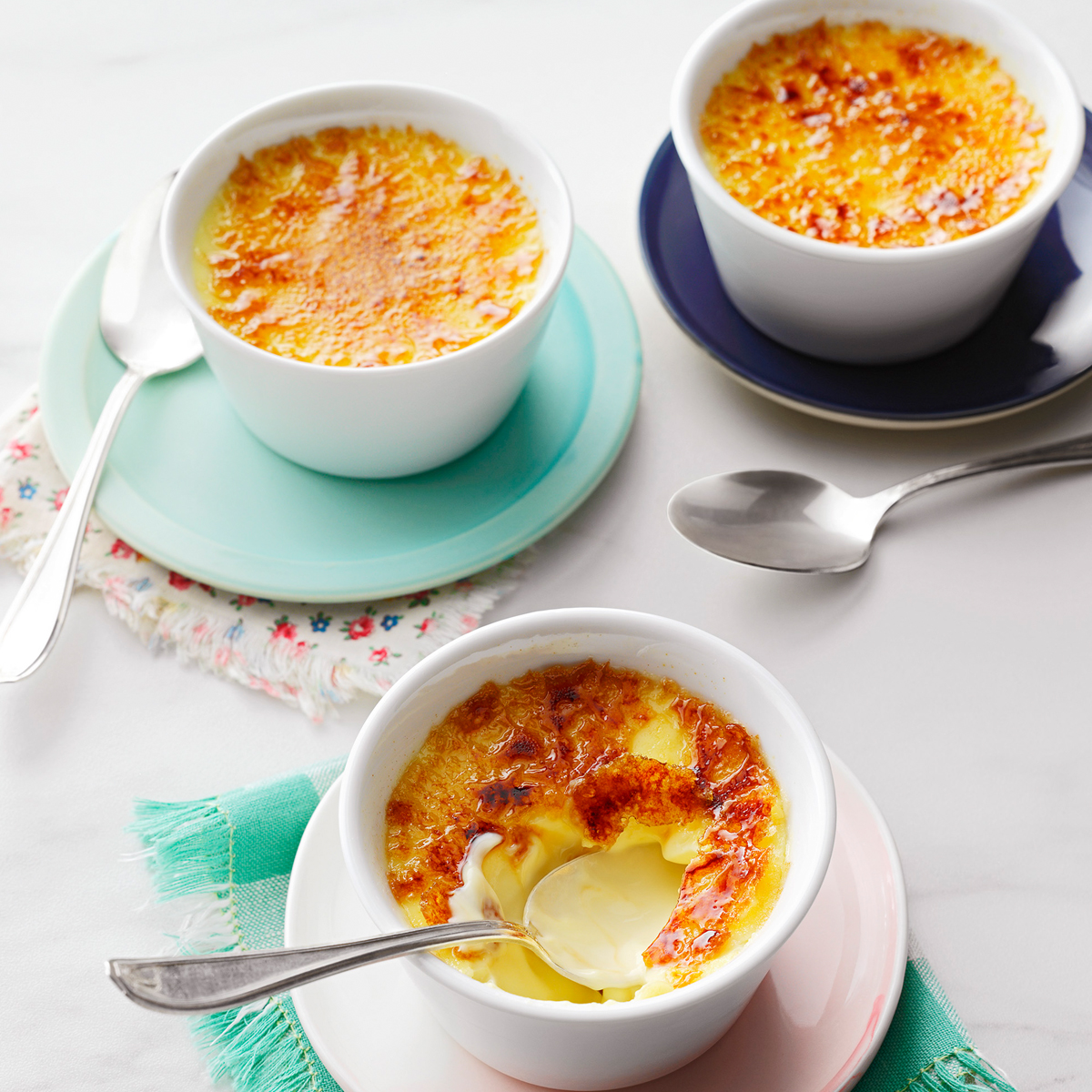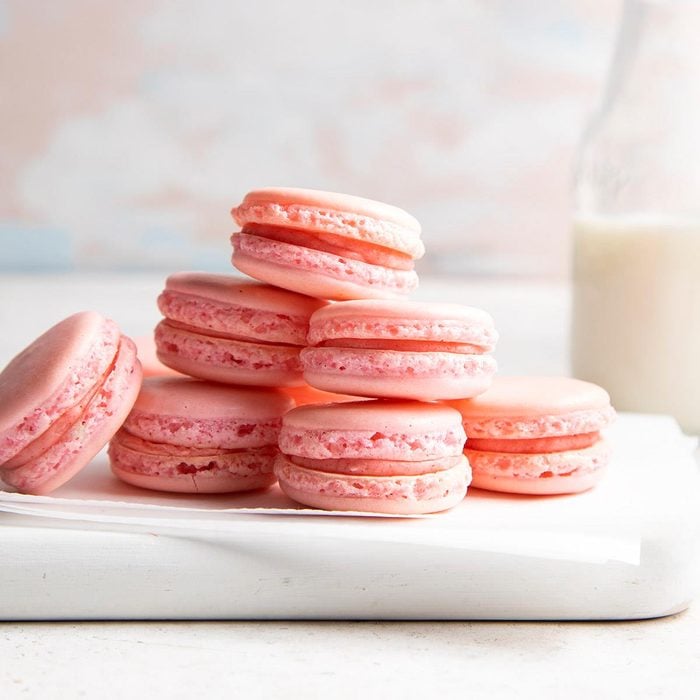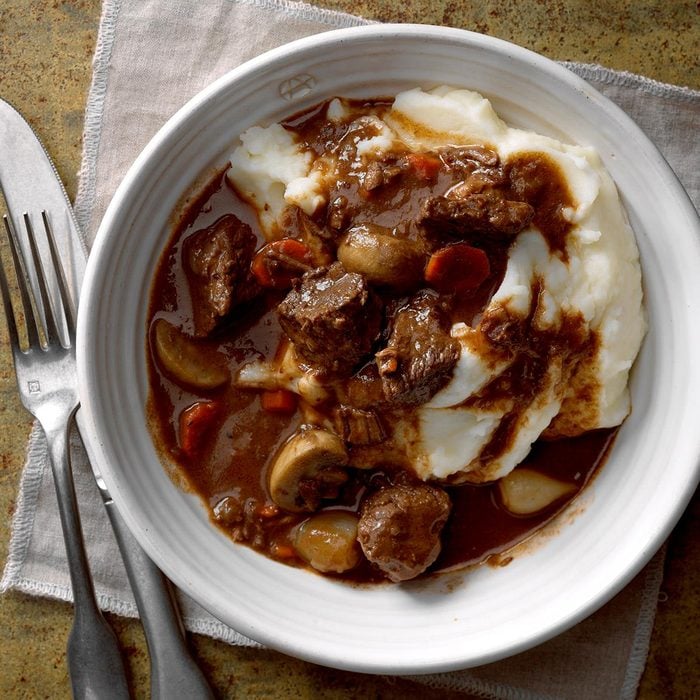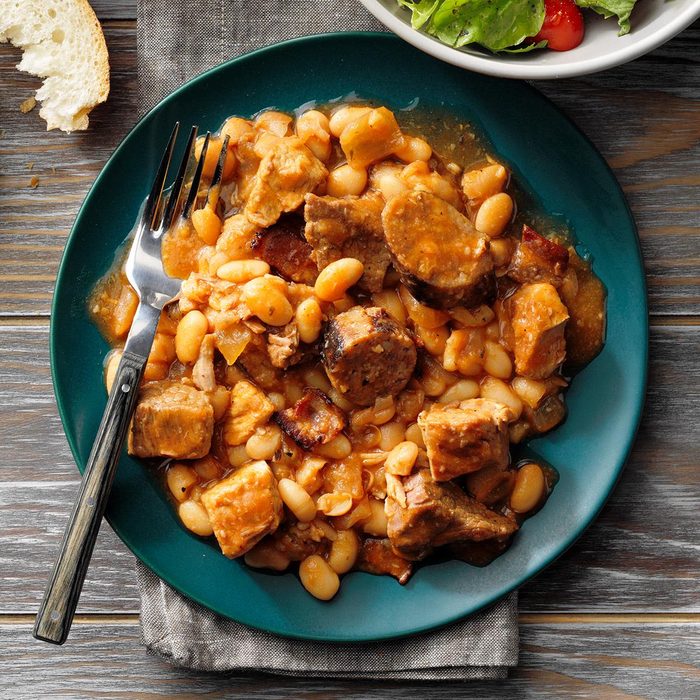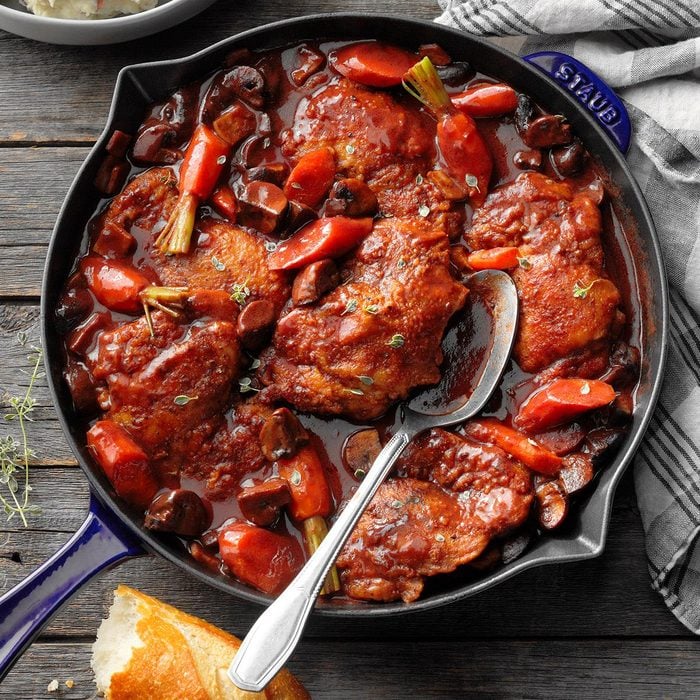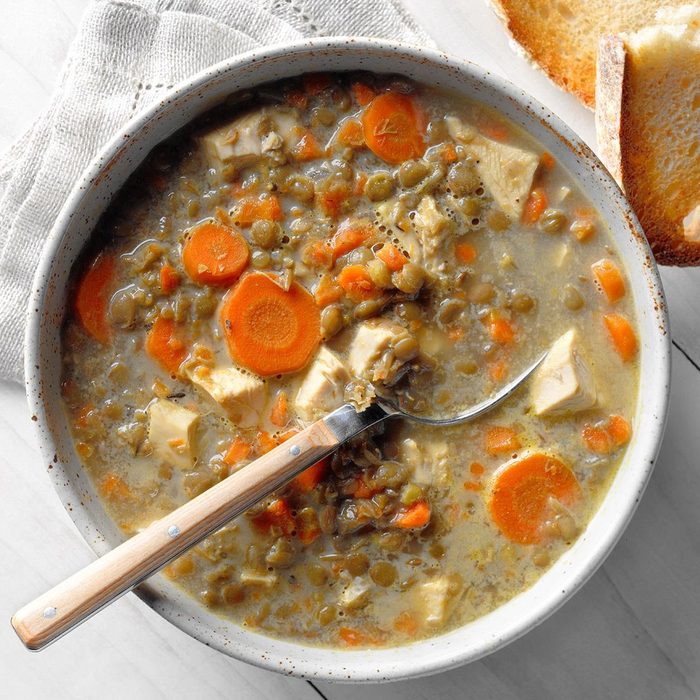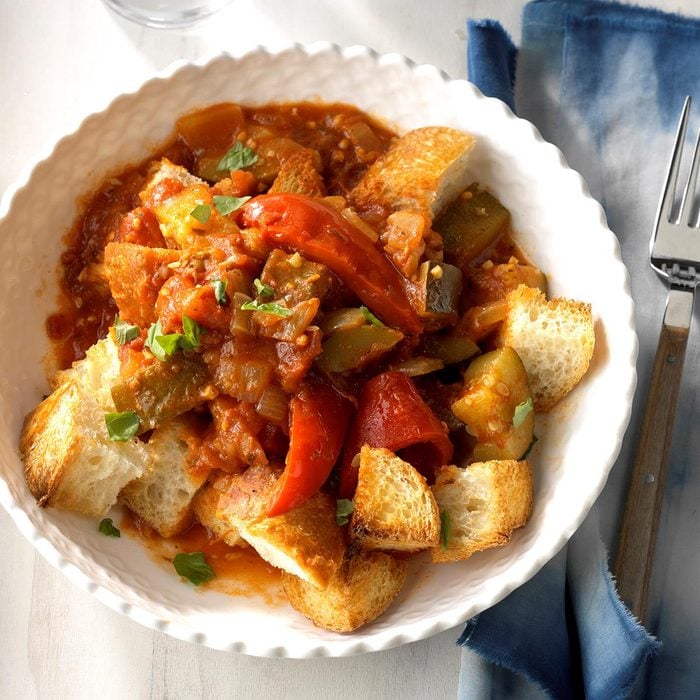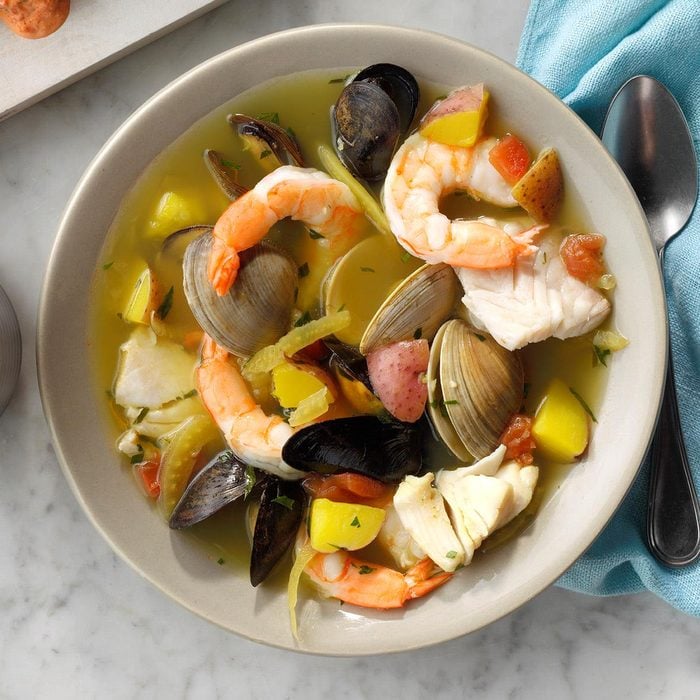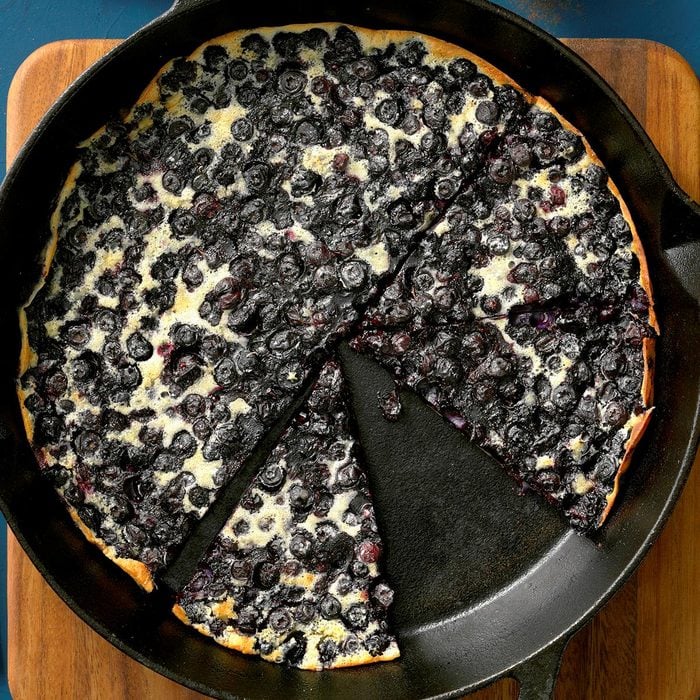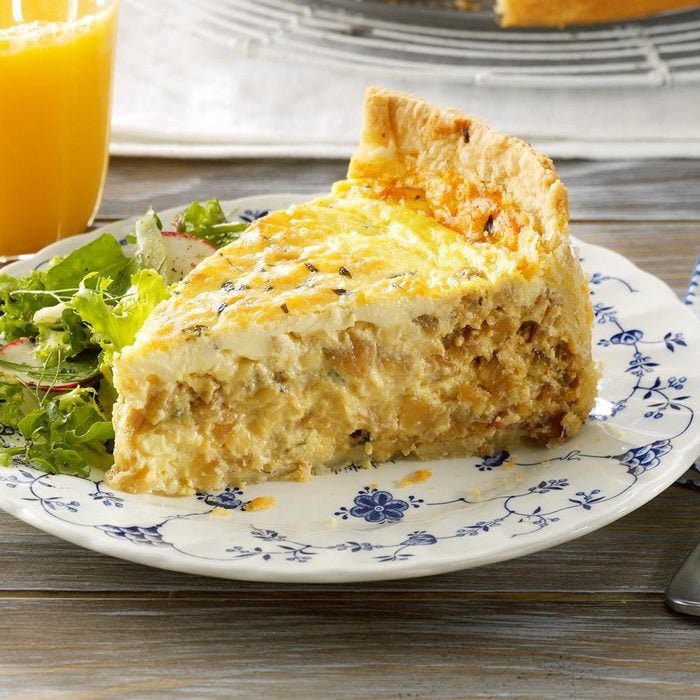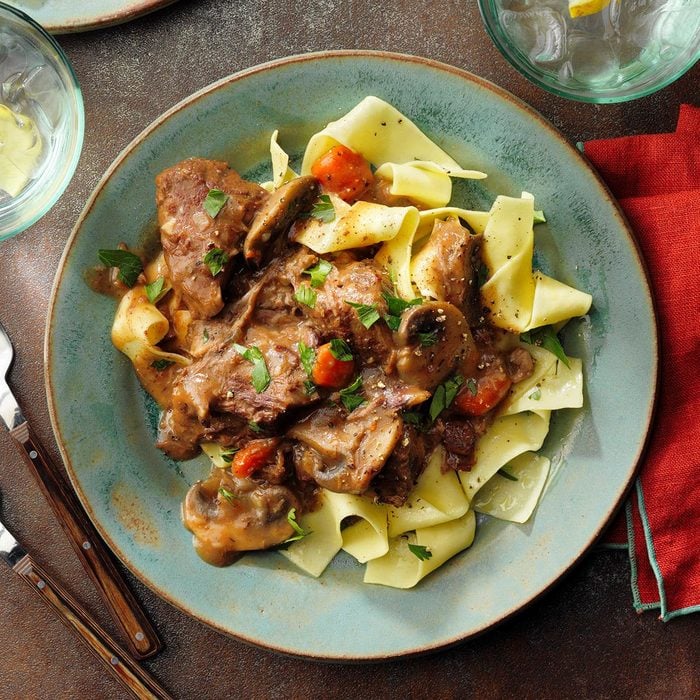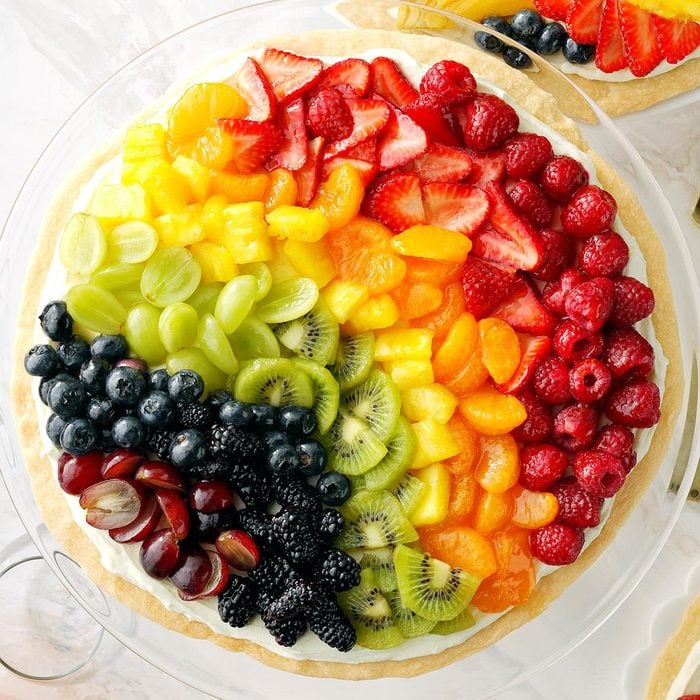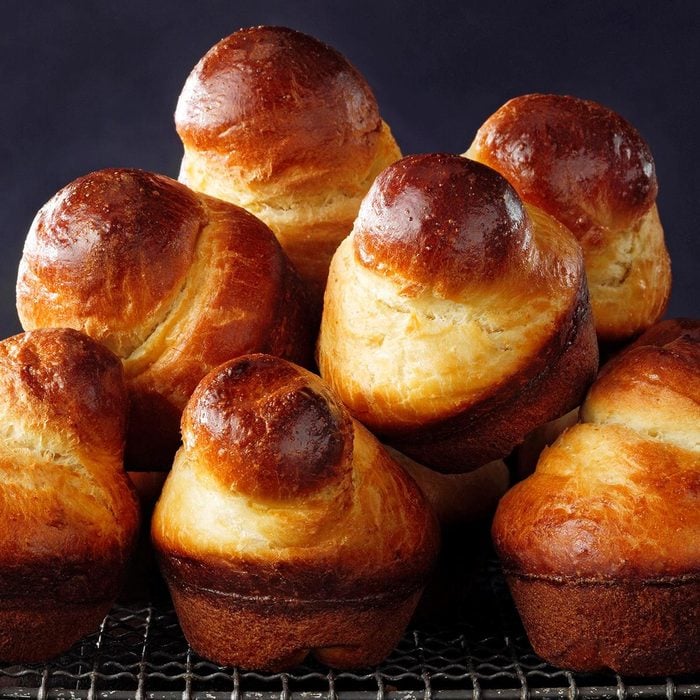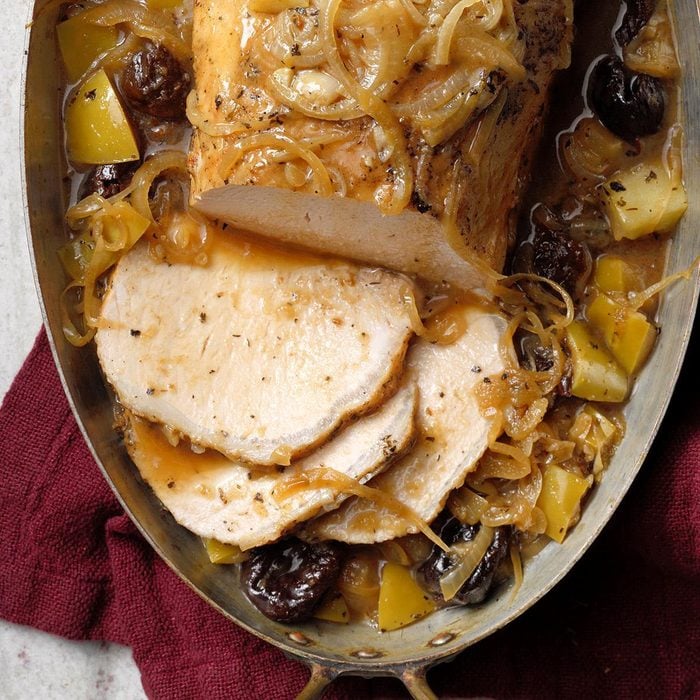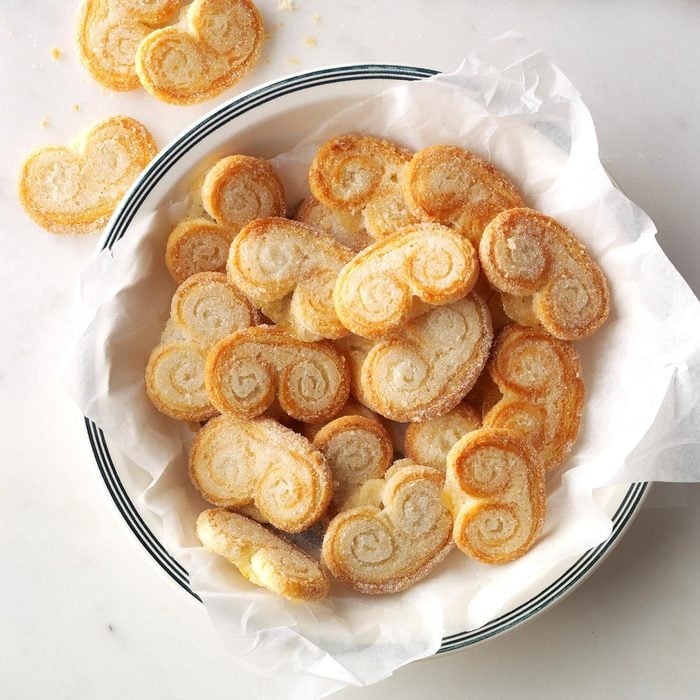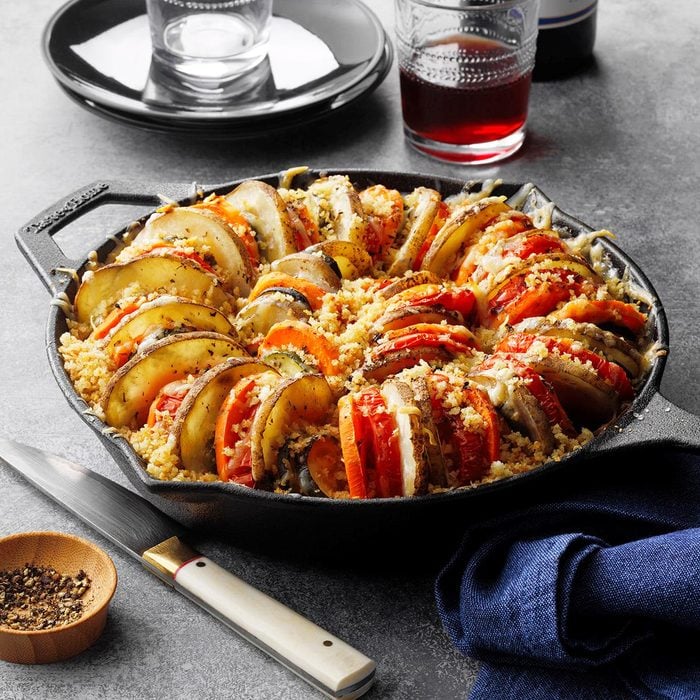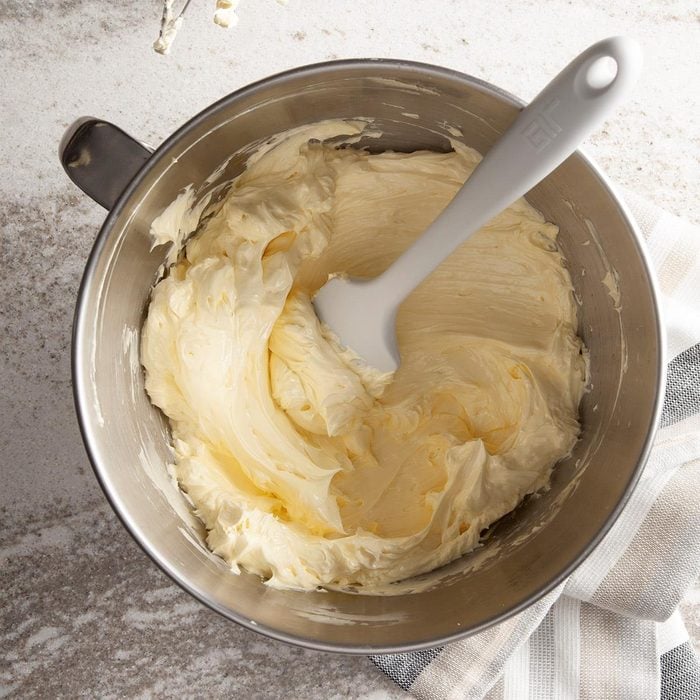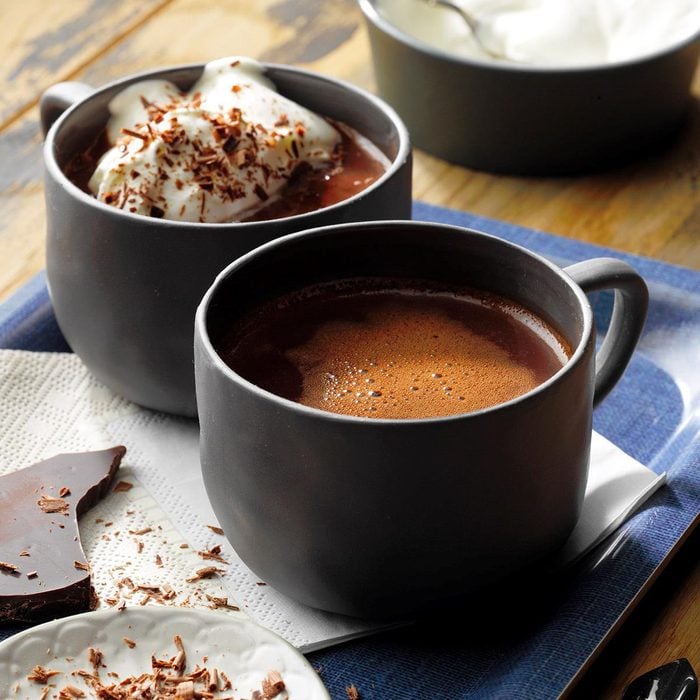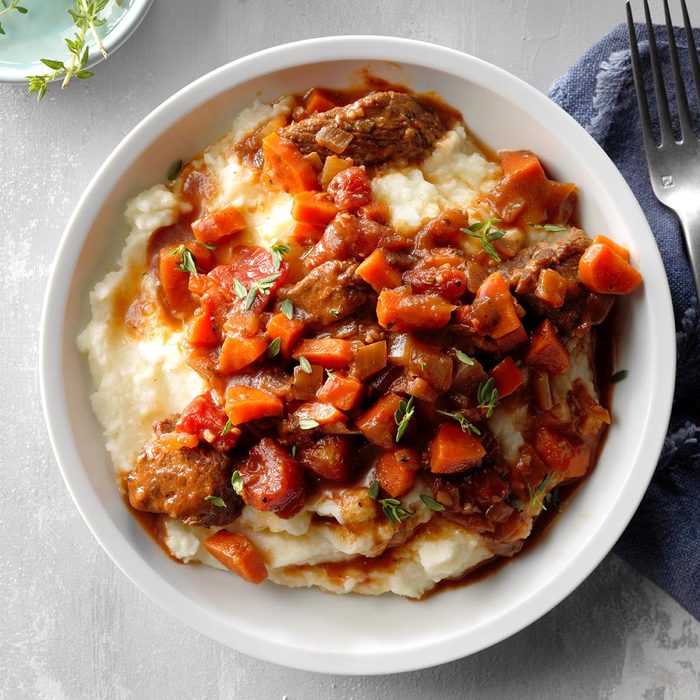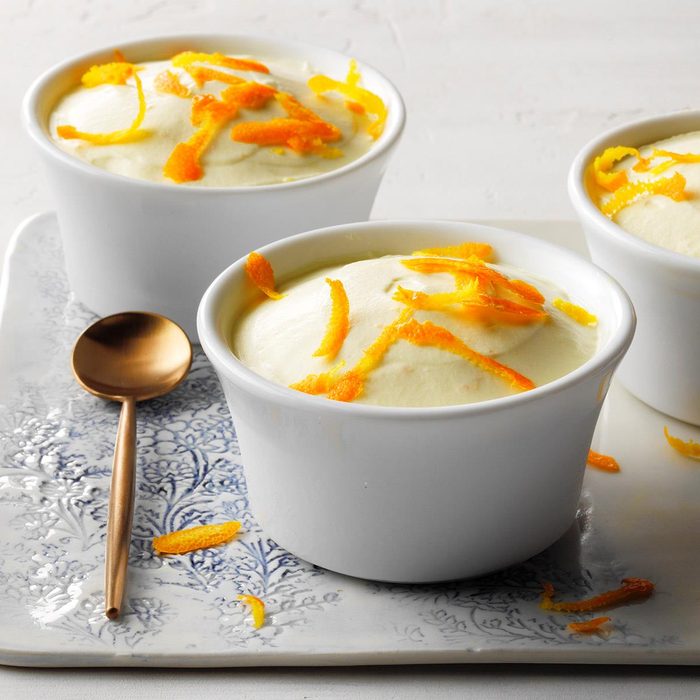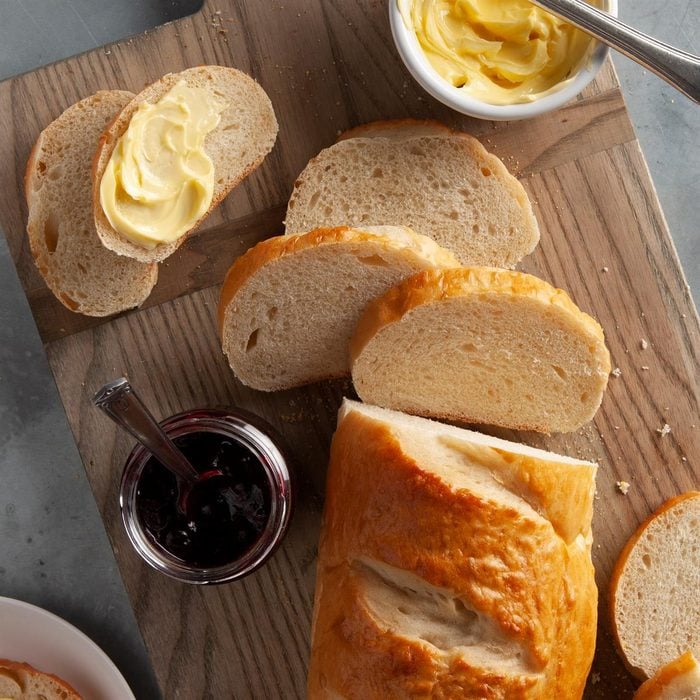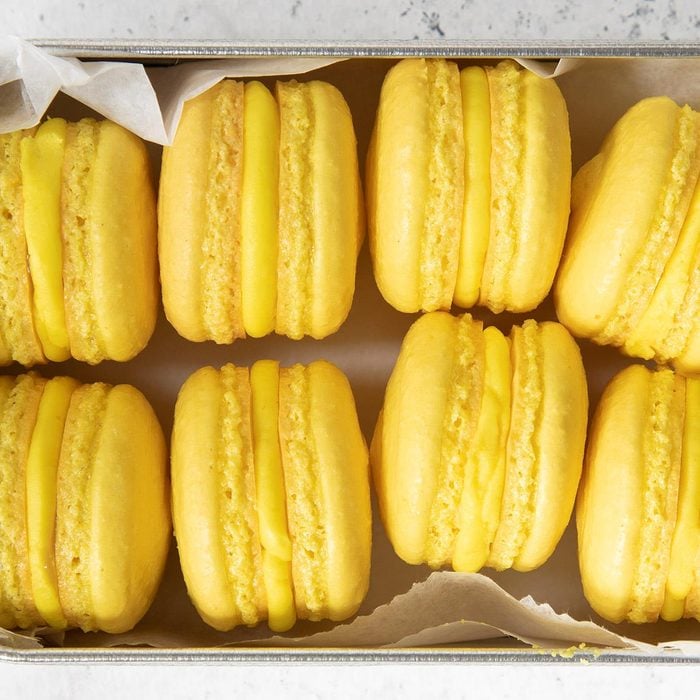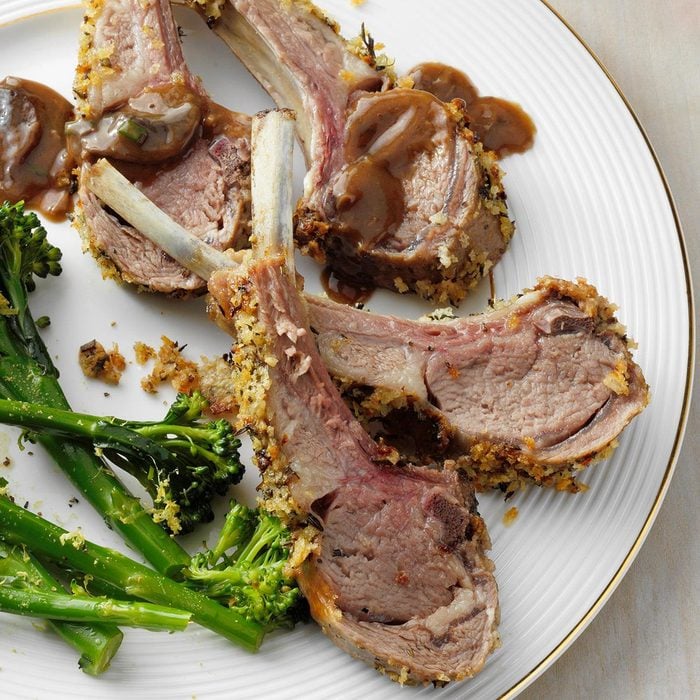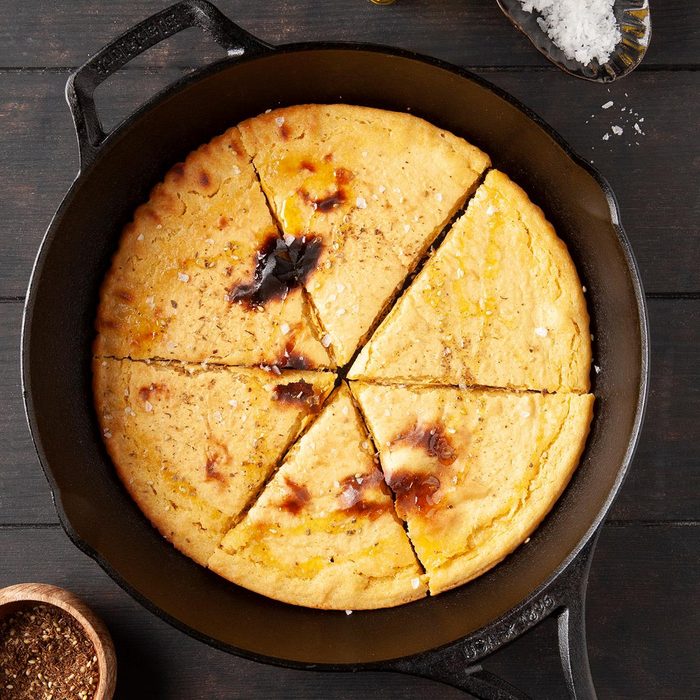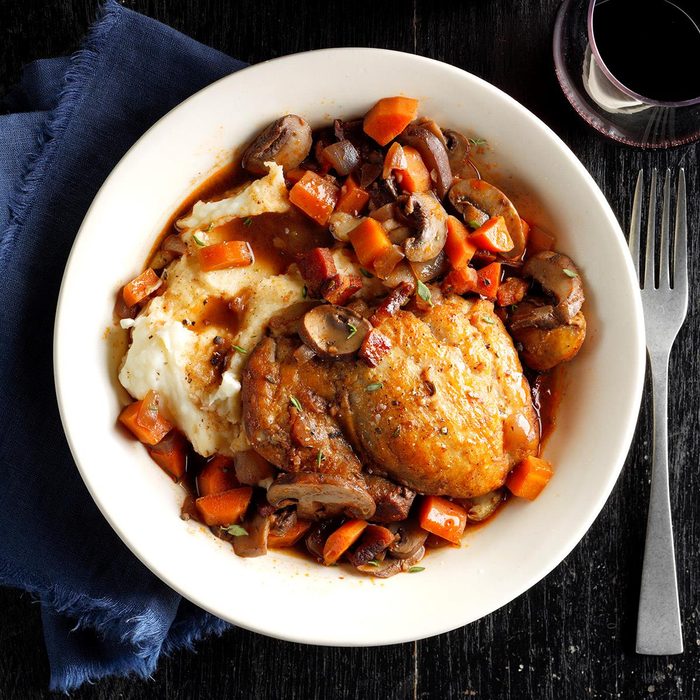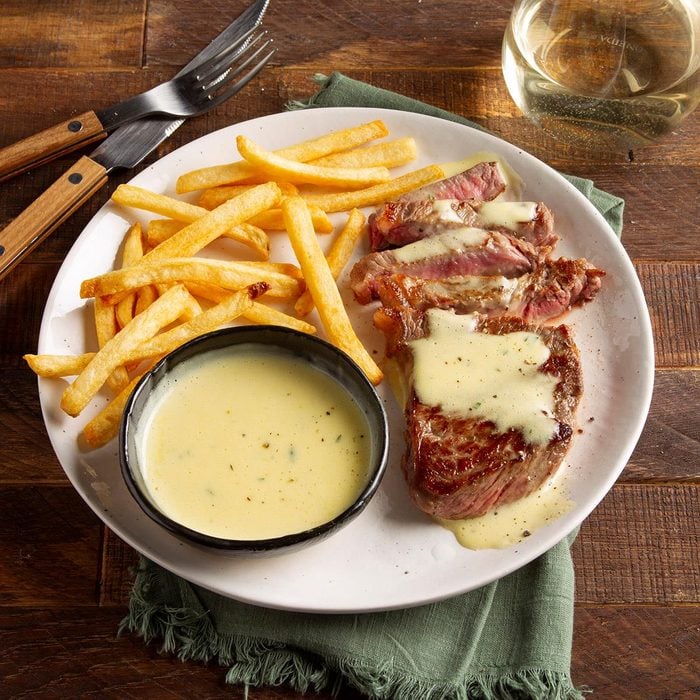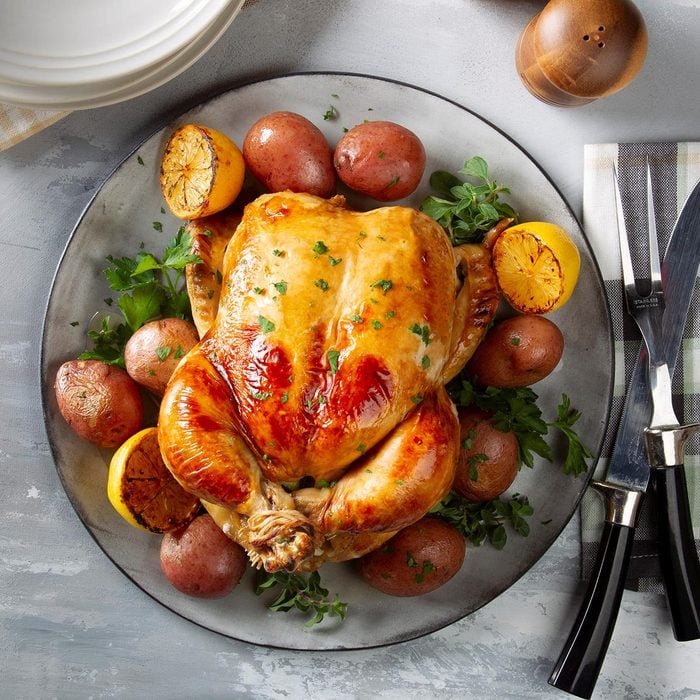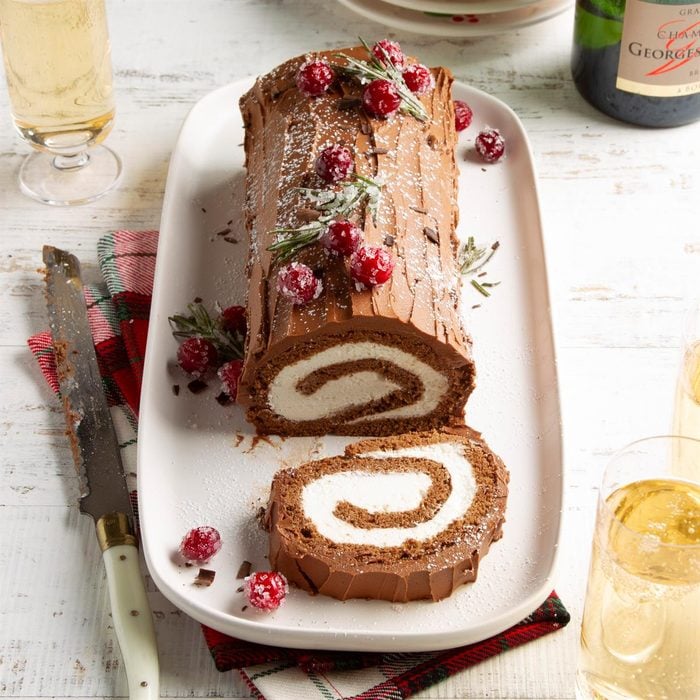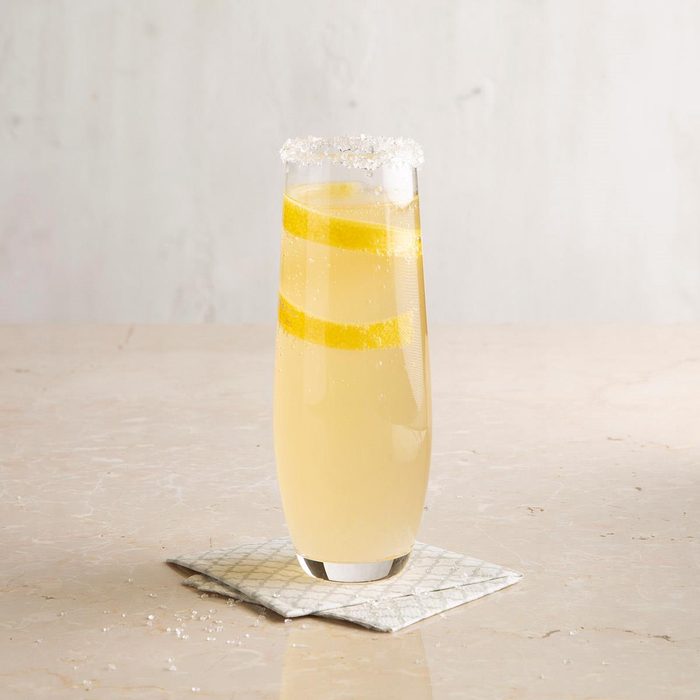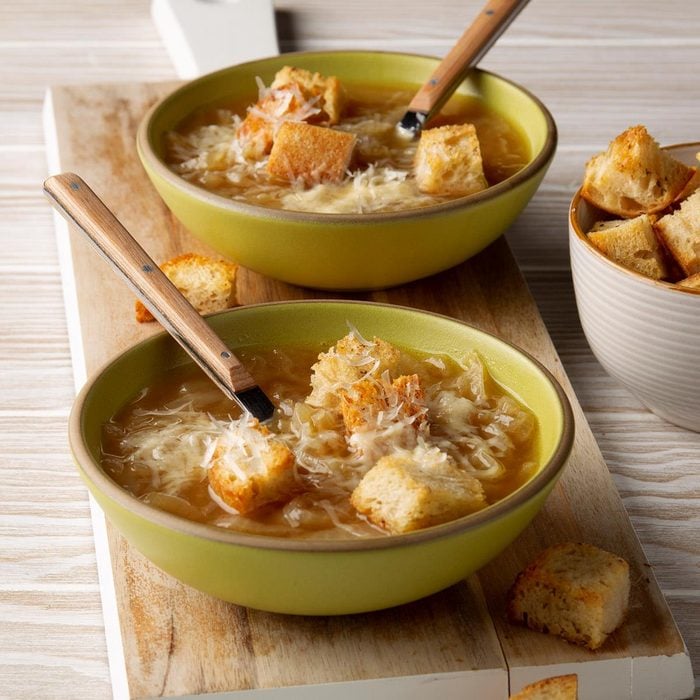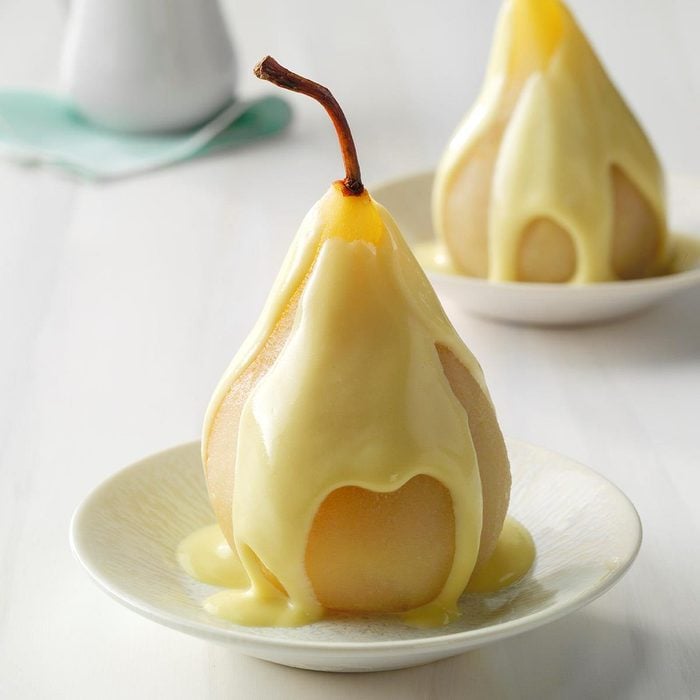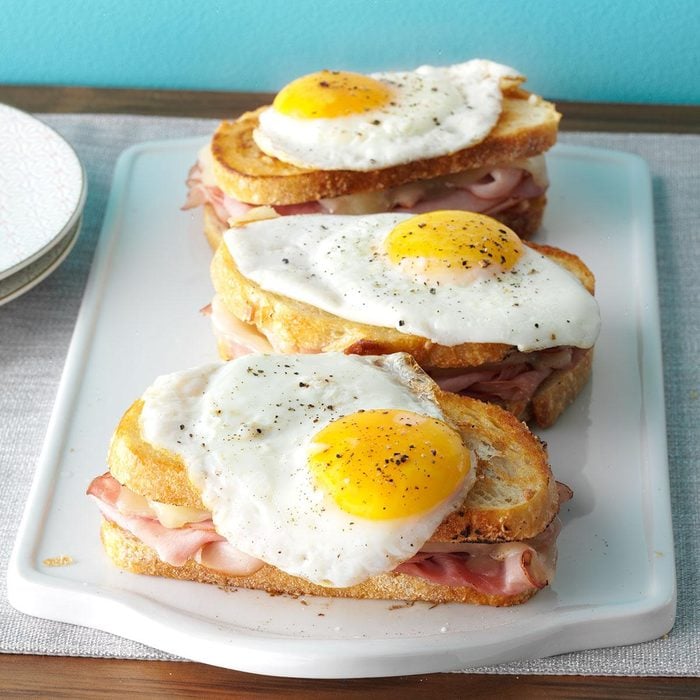We Made Julia Child’s Coq Au Vin. Here’s How It Turned Out.
Updated: Mar. 01, 2023
With her groundbreaking Mastering the Art of French Cooking, Julia Child brought classic French cuisine into our kitchens. We tried Julia's Coq Au Vin, made from her original recipe!
When Julia Child’s cookbook Mastering the Art of French Cooking was published in 1961, Americans were traveling abroad more and falling in love with international flavors. There was a French chef in the White House for the Kennedy family and the interest in creating classic French food was at its peak.
We decided to try one of the iconic recipes from this cookbook: Julia Child’s Coq Au Vin. It’s a wine-braised chicken casserole served with mushrooms and onions. It’s a hearty and savory dish that would be as fitting at the family dinner table as it would be at a dinner party. Julia’s cookbook was the first to make these recipes and techniques accessible for the home cook. It’s still complex cooking, but she’s a good teacher.
Here are the most valuable cooking lessons you can learn from Julia Child.
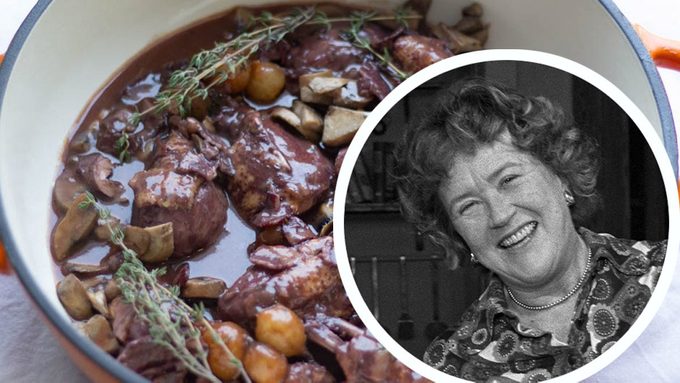
Ingredients
- 3 to 4 ounce chunk of lean bacon
- 2 tablespoons of butter
- 2-1/2 to 3 pounds cut-up frying chicken
- 1/2 teaspoon salt
- 1/8 teaspoon pepper
- 1/4 cup cognac
- 3 cups young, full-bodied wine such as Burgundy, Beaujolais, Côtes du Rhône or Chianti
- 1 to 2 cups brown chicken stock, brown stock, or beef bouillon
- 1/2 tablespoon tomato paste
- 2 cloves smashed garlic
- 1/4 teaspoon thyme
- 1 bay leaf
- 12 to 24 brown-braised onions
- 1/2 pound sautéed mushrooms
- 3 tablespoons flour
- 2 tablespoons softened butter
- Sprigs of fresh parsley
Initial thoughts

Julia Child’s method in this cookbook is that ingredients are grouped with the steps where they are used. This is not a common practice in cookbooks today, but it does allow you to move through the steps without having to scan back to the top of the recipe repeatedly. She also lists needed equipment with each step, which I found very handy.
Making the onions and mushrooms
I began with the braised onions and sautéed mushrooms. There are separate recipes in the cookbook to prepare these, and I followed Julia’s recommendation to prepare them in advance. I used frozen pearl onions, thawing them before braising, and they were quite tasty once browned in butter and simmered in beef stock!

I loved that the process of sautéing the mushrooms happened exactly as Julia describes: The mushrooms immediately absorb all the fat, but then release it in about two minutes and begin to brown.
Prepping the chicken
Next, I prepared the chicken. My grocery store had only whole chickens or packages of breast, thighs, etc. I really didn’t want to cut up a whole chicken myself, so I brought one to the store’s butcher and they were happy to do it for me. (Phew!) I used regular strips of bacon (4 ounces came out to 5 strips). I cut these into small pieces and cooked them in an enameled cast iron Dutch oven.
Psst…See what else you should be getting from your butcher.
Before adding the chicken to the hot bacon fat, I dried the pieces thoroughly. This is a tip that Julia gives in her cookbook and on her cooking show, The French Chef. Drying the surface of the meat and not crowding the pieces in the pan ensures that meats will sauté and brown nicely, instead of steaming.
This original recipe calls for adding cognac after browning—and then igniting it! If I had been able to get cognac in time, I would have loved to try this. (Maybe next time.) Instead, I went skipped ahead to adding wine, beef stock, tomato paste and aromatics to the pan with the bacon and chicken.
The chicken is what color?
As I watched everything simmer over the next 30 minutes and noticed the dark, burgundy color of the wine-based cooking liquid, I began to wonder what the chicken would look like when it came out. Sure enough: Purple chicken! I was a little worried about this, whether the purple-tinged chicken would detract from the taste of the dish—but I kept calm and carried on.

My favorite step was the seemingly simple one of making a beurre manié. It’s a paste of butter and flour that I whisked into the cooking liquid after the chicken was removed. This step quickly turned the wine-stock blend into a thick and velvety sauce that was shimmering and savory…with no lumps.
I was dying to taste this dish!
Plating the finished dish
I arranged the chicken pieces in a serving dish with the sautéed mushrooms and onions around them, and then spooned the sauce over everything. I garnished the dish with sprigs of fresh thyme (in place of the parsley, because I had them on hand) and then served it up. The Coq Au Vin is a very homey and comforting meal, and the chicken was so tender that it fell off the bone. That sauce was really the star in my opinion: One of those rich, meaty gravies that makes you want to lick the plate clean!

The Takeaways
My family noted that while savory and tasty, the dish was a bit one-note in flavor and the seasonings were very subtle. I stuck to Julia’s exact measurements for the aromatics but it would be easy to boost these in future preparations. Some modern day interpretations of Coq Au Vin include other veggies like carrots and potatoes, which would also add a little more dimension to the dish.
Overall, I was very happy with how the Coq Au Vin turned out. It was a delicious and satisfying dish. I got to try some new cooking techniques and to make a beurre manié which I will definitely use again!
Note: Every product is independently selected by our editors. If you buy something through our links, we may earn an affiliate commission.




















